Purple Cow
Transform Your Business by Being Remarkable
What's it about?
Purple Cow is a marketing masterpiece that turns traditional advertising on its head. Godin argues that in today’s market, the old ways of marketing are dead. Instead of trying to appeal to the masses, businesses should focus on creating remarkable products that stand out—like a Purple Cow in a field of ordinary ones. With compelling examples and insightful strategies, this book is a must-read for anyone looking to make their brand truly remarkable. It's a guide to thriving in the modern market by being innovative, noticeable, and, above all, different.
About the Author
Seth Godin is a prolific author and marketing expert, known for his focus on the post-industrial revolution, the way ideas spread, marketing, quitting, leadership, and most of all, changing everything. His notable works include "Purple Cow" and "Linchpin", showcasing his unique perspective on making remarkable products and being indispensable.
10 Key Ideas of Purple Cow
Embrace the Power of Being Remarkable
In a world saturated with advertisements and products, being just 'good enough' is no longer sufficient.
To truly stand out, your product or service must be remarkable—so compelling that people not only remember it but feel compelled to talk about it.
This means pushing boundaries, challenging industry norms, and offering something genuinely innovative.
The reasoning behind this is simple: remarkable products create a buzz, attract attention, and can turn customers into voluntary marketers.
Learn DeeperIdentify What Makes Your Offering Unique: Start by analyzing your product or service to pinpoint what sets it apart from the competition. This could be an innovative feature, an unusual way of delivering your service, or even a unique brand story.
Solicit Feedback and Iterate: Engage with your target audience early on to gather feedback about your product or service. Use this feedback to make improvements and adjustments that further enhance its uniqueness and appeal.
Create a Buzz: Leverage social media, content marketing, and public relations to share stories and information about what makes your offering remarkable. Focus on creating content that is shareable and engaging to encourage word-of-mouth promotion.
Offer Exceptional Customer Experiences: Go beyond the product itself and create memorable experiences for your customers. This could involve exceptional customer service, personalized touches, or unexpected bonuses that leave a lasting impression.
- Example
Apple's launch of the iPhone: Apple revolutionized the smartphone industry by introducing a device with a user-friendly interface, multi-touch technology, and a sleek design. The iPhone was not just a new product; it was a remarkable one that stood out from the competition and changed the way people interact with technology.
- Example
Dollar Shave Club's viral video marketing: Dollar Shave Club used a humorous and unconventional video to promote their razor subscription service. The video highlighted the company's unique selling proposition in a memorable way, quickly spreading through social media and significantly boosting their customer base.
Target the Innovators and Early Adopters
Focus your marketing efforts on the small group of people who are most likely to try new things—the innovators and early adopters.
These individuals are more open to new ideas and products, and importantly, they have the social capital to spread the word.
By winning them over, you leverage their influence to gain wider acceptance.
This approach is more efficient than trying to appeal to the majority from the start, as it creates a ripple effect through word-of-mouth and social proof.
Learn DeeperIdentify Your Innovators and Early Adopters: Start by researching and understanding who your innovators and early adopters are within your target market. Look for forums, social media groups, or communities where these individuals gather. Pay attention to their needs, preferences, and the type of content they engage with.
Create Tailored Content and Offers: Develop content and offers that specifically cater to the interests and needs of your innovators and early adopters. This could be exclusive access to new products, beta testing opportunities, or content that speaks directly to their desire to be at the forefront of trends.
Leverage Social Proof: Encourage your early users to share their experiences with your product or service. User-generated content, testimonials, and case studies are powerful tools for building credibility and attracting a wider audience through social proof.
Engage Directly and Build Relationships: Use social media, email, and other direct communication channels to build relationships with your innovators and early adopters. Personalized engagement can turn them into loyal advocates who are more likely to spread the word about your brand.
- Example
A tech startup launching a new app might offer an exclusive beta version to a select group of tech enthusiasts and influencers, encouraging them to share their feedback and experiences on social media.
- Example
A fashion brand releasing a revolutionary sustainable product line might collaborate with eco-conscious bloggers and Instagram influencers, providing them with early access to the collection in exchange for honest reviews and styled posts.
Create a Product Worth Talking About
Instead of investing heavily in traditional advertising, allocate resources towards making your product so unique and valuable that it naturally generates conversation.
This involves deeply understanding your customers' needs and desires to offer solutions that not only meet but exceed their expectations.
A product worth talking about is one that solves problems in novel ways, delivers exceptional value, or provides an unparalleled user experience.
Learn DeeperIdentify Your Unique Value Proposition: Start by understanding what makes your product or service stand out. Is it faster, more durable, or does it offer a unique feature that competitors lack? Pinpoint this unique aspect and make it the centerpiece of your development and marketing efforts.
Engage with Your Target Audience: Use social media, surveys, and direct customer interactions to gain insights into your customers' needs and desires. This feedback loop will not only help you refine your product but also build a community around your brand.
Leverage User-Generated Content: Encourage your satisfied customers to share their experiences online. Whether it's through reviews, testimonials, or social media posts, user-generated content acts as authentic, persuasive advertising that can amplify your product's visibility and appeal.
Continuously Innovate: Don't rest on your laurels once you've created a product worth talking about. The market and customer preferences evolve, so should your product. Keep looking for ways to improve and add value, ensuring your product remains relevant and ahead of the curve.
- Example
Apple's iPhone: When first introduced, the iPhone revolutionized the smartphone industry with its touchscreen interface and sleek design, making it a topic of conversation worldwide.
- Example
Tesla's Electric Cars: Tesla made electric cars desirable by combining cutting-edge technology with luxury and performance, challenging the traditional automotive industry and sparking widespread discussion.
Leverage Scarcity and Exclusivity
Scarcity and exclusivity can significantly enhance the perceived value of your product.
By limiting access or creating a sense of rarity, you invoke a desire for ownership that goes beyond the product's inherent value.
This tactic works because humans are psychologically wired to desire what is hard to obtain, making your product more desirable and talked about.
However, this must be balanced carefully to avoid alienating potential customers.
Learn DeeperIdentify the Unique Aspects of Your Product: Start by pinpointing what makes your product or service unique. This could be a feature, design, or even the story behind its creation. Understanding this will help you leverage scarcity and exclusivity effectively.
Create Limited Editions: Launch special editions of your product that are available for a limited time or in limited quantities. This not only creates a sense of urgency but also makes your product more desirable due to its rarity.
Offer Early Access or Pre-orders to a Select Group: Consider giving early access or the ability to pre-order to a select group of customers, such as your email subscribers or social media followers. This exclusivity can make them feel valued and increase their desire for the product.
Implement a Membership or Loyalty Program: Create a program where members get exclusive access to certain products, discounts, or information. This not only rewards loyal customers but also creates a sense of belonging and exclusivity.
- Example
A boutique clothing brand releases a 'summer capsule collection' with only 100 pieces available. They market it as a one-time opportunity to own a unique piece of their brand, creating a buzz and making the collection highly sought after.
- Example
A tech company offers early access to its new software update to the first 1,000 users who sign up. This not only generates excitement about the update but also provides the company with valuable feedback before the general release.
Build a Tribe Around Your Brand
Foster a community or tribe of loyal followers who believe in your brand's mission and values.
This involves engaging with your customers on a deeper level, creating platforms for interaction, and encouraging user-generated content.
A strong, engaged community not only provides invaluable feedback but also acts as a powerful marketing force.
The key here is authenticity; your tribe must genuinely resonate with your brand's ethos.
Learn DeeperIdentify Your Core Values: Start by clearly defining what your brand stands for. These values should resonate with your target audience and be evident in every aspect of your business, from your product or service to your customer service and marketing.
Create Engaging Content: Share stories, insights, and content that reflect your brand's mission and values. This could be through blogs, social media, videos, or podcasts. The goal is to create content that not only informs but also entertains and engages your audience.
Foster Community Interaction: Set up platforms where your followers can interact with each other and with your brand. This could be through social media groups, forums on your website, or live Q&A sessions. Encourage discussions, share user-generated content, and actively participate in the conversation.
Show Appreciation: Regularly acknowledge and reward your community members. This could be through shout-outs, featuring their content, offering exclusive deals, or hosting events. Showing appreciation fosters a stronger connection and loyalty.
Be Consistently Authentic: Ensure that every interaction and piece of content shared is true to your brand's values. Authenticity builds trust and strengthens the relationship between your brand and its tribe.
- Example
A fitness brand that stands for sustainability and wellness might create a series of blog posts and videos on eco-friendly workout practices, host virtual run events where participants pledge to pick up litter, and feature community members who embody these values on their social media channels.
- Example
A tech company focused on innovation and user empowerment might set up a forum on their website for users to suggest features, report bugs, and help each other with troubleshooting. They could also host monthly webinars where they discuss upcoming features, take live feedback, and showcase how user input has shaped their product development.
Deeper knowledge. Personal growth. Unlocked.
Unlock this book's key ideas and 15M+ more. Learn with quick, impactful summaries.
Read Full SummarySign up and read for free!
Purple Cow Summary: Common Questions
Experience Personalized Book Summaries, Today!
Discover a new way to gain knowledge, and save time.
Sign up for our 7-day trial now.
No Credit Card Needed

Similar Books

$100M Offers
Alex Hormozi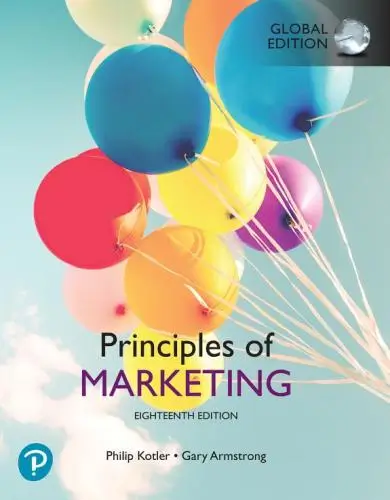
Principles of Marketing, Global Edition
Gary Armstrong
The 100 Best Business Books of All Time
Jack Covert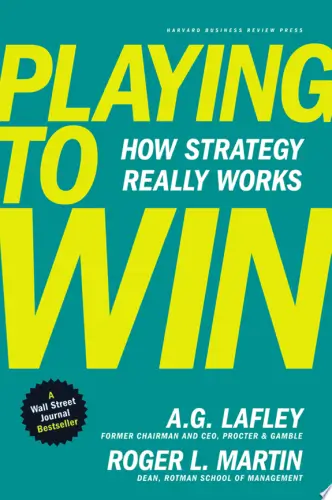
Playing to Win
A.G. Lafley
Productize
Eisha Armstrong
Start Your Own Pet-Sitting Business and More
Entrepreneur Press
The 22 Immutable Laws of Marketing
Al Ries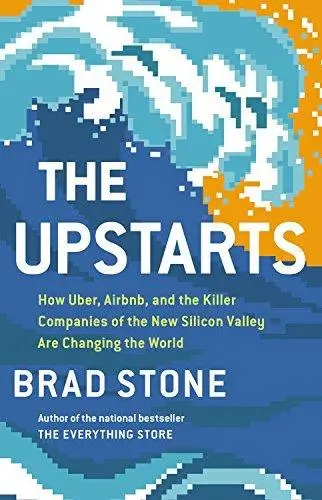
The Upstarts
Brad Stone
Lean Analytics
Alistair Croll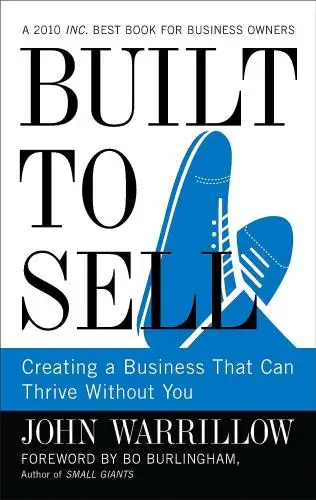
Built to Sell
John WarrillowTrending Summaries

Peak
Anders Ericsson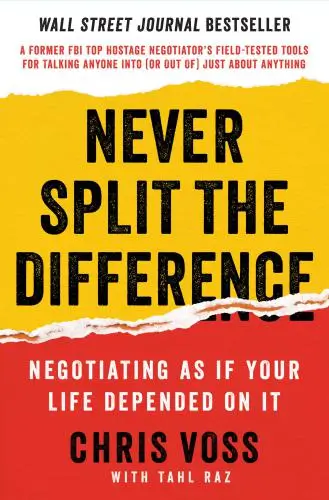
Never Split the Difference
Chris Voss
Smart Brevity
Jim VandeHei
The Psychology of Money
Morgan Housel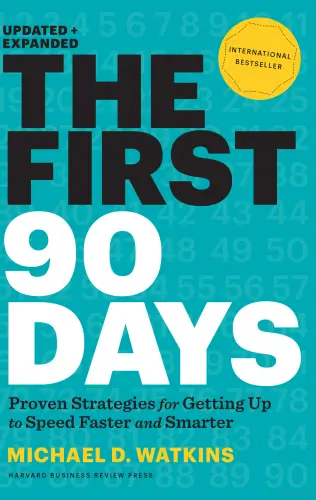
The First 90 Days
Michael D. Watkins
Atomic Habits
James Clear
Thinking, Fast and Slow
Daniel Kahneman
The Body Keeps the Score
Bessel van der Kolk M.D.
The Power of Regret
Daniel H. Pink
The Compound Effect
Darren HardyNew Books

The Art of Spending Money
Morgan Housel
$100M Offers
Alex Hormozi
A Candle for Kiri
Edna Mae Holm
Principles of Marketing, Global Edition
Gary Armstrong
Serpent Rising: The Kundalini Compendium
Neven Paar
Feeling Is the Secret
Neville Goddard
The 100 Best Business Books of All Time
Jack Covert
My Oxford Year
Julia Whelan
Trading in the Zone
Mark Douglas

